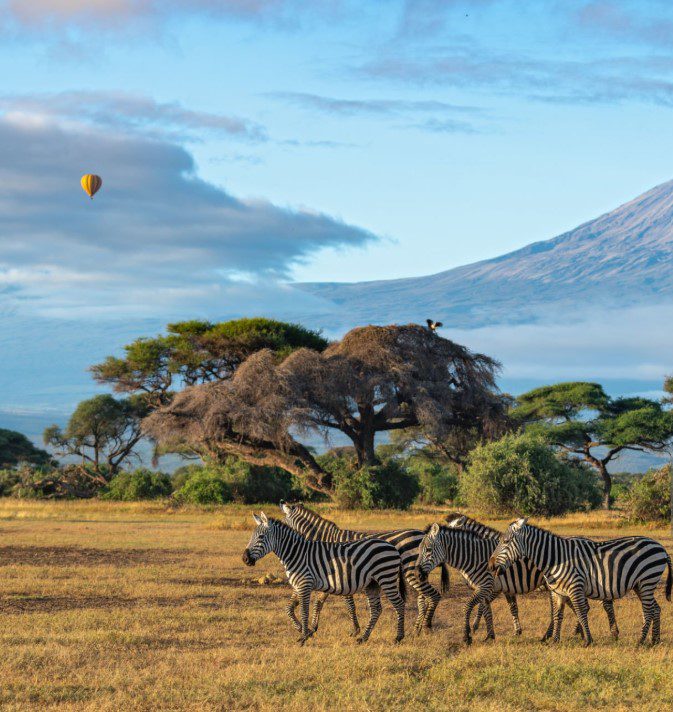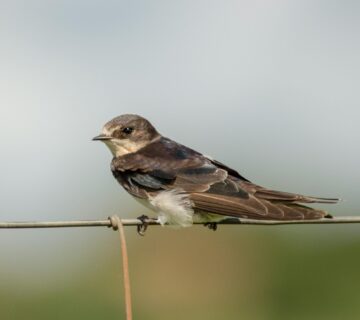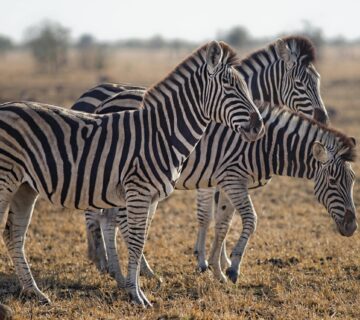What Wildlife Can I See on Mount Kilimanjaro?
Mount Kilimanjaro is famous for being Africa’s highest peak, a snow-capped giant rising majestically above the African plains. Most travelers come for the challenge of summiting the mountain, but few realize that Kilimanjaro is also home to a surprising variety of wildlife. From lush rainforest floors to the alpine deserts near the summit, this iconic mountain offers nature lovers and trekking enthusiasts a chance to experience a unique blend of wildlife in one of the most dramatic landscapes on Earth.
A Natural Wonderland on the Roof of Africa
As you begin your trek on the lower slopes of Kilimanjaro, it’s easy to think you’re stepping into a different world altogether. The mountain’s elevation gradient creates several distinct ecological zones each with its own wildlife species. Starting from the cultivated farmlands, you’ll pass through montane forests, heathlands, moorlands, alpine deserts, and finally the arctic summit zone. Every step up brings a shift not just in scenery, but in the types of animals you may encounter. The question, “What wildlife can I see on Mount Kilimanjaro?” is best answered by understanding these elevation zones.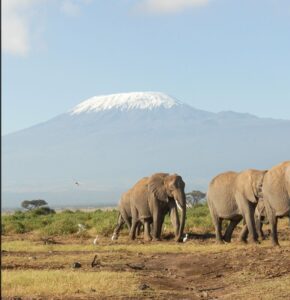
Montane Forest: A Vibrant Ecosystem Teeming with Life
Most Kilimanjaro treks begin in the montane forest zone, which lies between 1,800 to 2,800 meters above sea level. This is by far the richest zone in terms of wildlife.
Here, you’ll likely hear the haunting calls of the black-and-white colobus monkeys swinging high in the forest canopy. You might also spot blue monkeys, shy but curious creatures often seen darting through the trees. The forest also shelters bush babies, small nocturnal primates known for their large eyes and eerie night cries.
Among the undergrowth and treetops, keep your eyes open for forest duikers, small antelope that move quickly through the foliage. While more elusive, leopards are known to roam these parts, though sightings are extremely rare due to their secretive nature.
Bird lovers will be in paradise. The montane forests are alive with colorful species such as the Hartlaub’s turaco, with its striking green and red plumage, and the silvery-cheeked hornbill, often heard before it’s seen thanks to its loud, echoing calls. Other notable birds include tinkerbirds, greenbuls, and sunbirds that flit around like little jewels in the forest light.
Heath and Moorland: Where Silence Meets Solitude
As you ascend to elevations of 2,800 to 4,000 meters, the dense forest gives way to open heath and moorland. Here, the trees shrink, the air grows cooler, and the landscape feels more remote.
This zone may seem barren at first glance, but a closer look reveals signs of life. Four-striped grass mice scurry between tufts of grass, while rock hyraxes sun themselves on boulders. Serval cats and African wildcats have been spotted here, mostly at dawn or dusk.
Birdwatching continues to be rewarding in this zone. You might see the Malachite sunbird, which is especially striking when perched on the tall giant groundsels or lobelias that dominate the moorland landscape. The scarce swift, augur buzzard, and white-necked raven are also fairly common.
Interestingly, this is also where you might spot one of Kilimanjaro’s more iconic resident the Jackson’s chameleon. Known for its three horn-like protrusions and slow, deliberate movements, this reptile is a charming discovery for trekkers who take the time to look closely.
Alpine Desert: Life on the Edge
Above 4,000 meters, you enter the stark and surreal alpine desert zone. Vegetation is sparse, the air is thin, and temperatures swing wildly between scorching days and freezing nights.
Yet even in this seemingly inhospitable zone, life persists. Insects like butterflies and spiders can be found, surviving against the odds. Occasionally, striped rodents like the Kilimanjaro field mouse dart across rocks in search of food.
The white-necked raven continues to be a common sight at higher elevations, often scavenging around campsites. These clever birds have adapted to the harsh conditions and are often seen soaring above or walking confidently among trekkers.
Arctic Summit Zone: The Frozen Silence
Beyond 5,000 meters lies the arctic zone, a place of glaciers, volcanic scree, and howling winds. This is not a place for most wildlife. The lack of oxygen and extreme temperatures make it virtually impossible for permanent animal life. However, birds like the alpine chat and the occasional raven may still be seen here, adding a surreal touch to this moon-like landscape.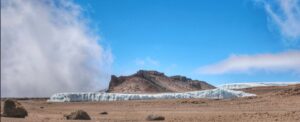
The presence of even a single bird at such an altitude is a powerful reminder of the mountain’s enduring magic.
Endemic and Rare Species of Mount Kilimanjaro
Mount Kilimanjaro is home to several species that are found nowhere else in the world. These endemic species include unique butterflies, moths, and small mammals adapted to the mountain’s specific microclimates. The Kilimanjaro shrew, for example, is a little-studied insectivore believed to be endemic to the upper forest and heath zones.
Although not commonly seen, the Abyssinian crimsonwing a rare and elusive finch has also been recorded on the mountain.
A Delicate Ecosystem Worth Protecting
Mount Kilimanjaro’s wildlife is as varied and breathtaking as its landscapes. However, climate change and human encroachment pose significant threats to this delicate ecosystem. The melting glaciers, shifting vegetation zones, and habitat loss are affecting not just the plant life but also the animals that depend on them.
Trekking Kilimanjaro is not just a physical adventure but also a spiritual one an invitation to witness how life clings with resilience to one of the harshest environments on Earth. It’s a reminder of the interdependence between nature and humanity, and the urgent need to protect these wild places.
Final Thoughts: More Than Just a Mountain
So, what wildlife can I see on Mount Kilimanjaro? The answer is as layered as the mountain itself. From cheeky monkeys and colorful birds to elusive cats and mountain-dwelling rodents, Kilimanjaro offers an unexpected safari of its ow one that unfolds slowly as you rise toward the heavens.
Whether you’re a first-time trekker or a seasoned adventurer, the mountain will surprise you with its life and vitality. So the next time you plan your Kilimanjaro adventure, take time to look around as much as you look up. The summit may be your goal, but the wildlife along the way is what will stay in your memory forever.
Mount Kilimanjaro is not just a peak to conquer; it’s a living, breathing world waiting to be discovered—one step, one heartbeat, and one wild encounter at a time.

